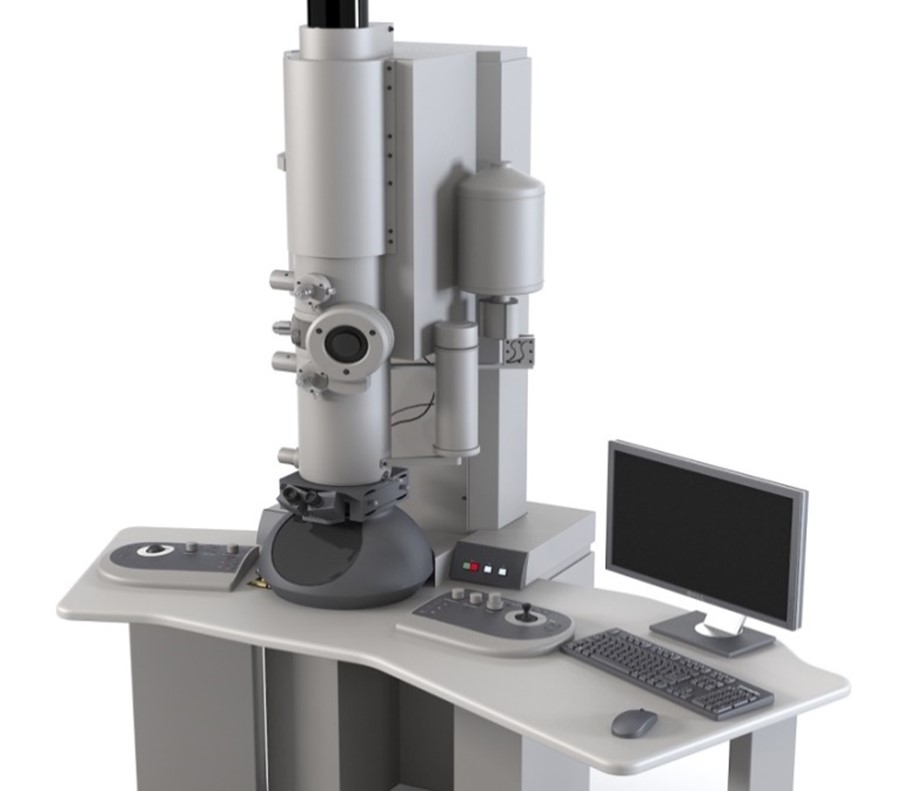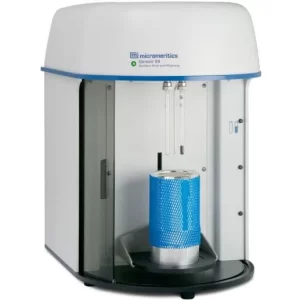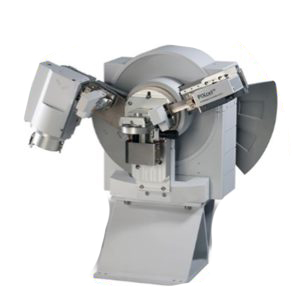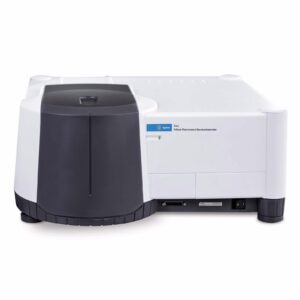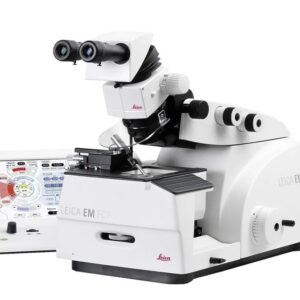Description
Transmission Electron Microscope(TEM) is a type of electron microscope that uses a beam of electrons to transmit through a very thin sample and form an image. It can reveal the structure, composition, and properties of materials at the nanometer or atomic scale.
Transmission Electron Microscope(TEM) has a wide range of applications across various fields due to its ability to provide detailed images with high resolution. Here are some of the key applications:
Life sciences: TEM can be used to study the morphology, ultrastructure, and function of cells, tissues, and organelles. It can also be used to identify viruses, bacteria, and other pathogens.
- Nanotechnology: TEM can be used to characterize the shape, size, distribution, and composition of nanoparticles, nanowires, nanotubes, and other nanomaterials. It can also be used to study the interactions and self-assembly of nanoscale objects.
- Medical, biological, and material research: TEM can be used to investigate the structure and properties of various biomolecules, such as proteins, DNA, and lipids. It can also be used to study the effects of drugs, toxins, and environmental factors on biological systems. Additionally, TEM can be used to analyze the microstructure, defects, phases, and interfaces of various materials, such as metals, ceramics, polymers, and composites.
- Forensic analysis: TEM can be used to examine the trace evidence, such as fibers, hairs, dust, and gunshot residues, collected from crime scenes. It can also be used to compare the samples from different sources and determine their origin and history .
- Gemology and metallurgy: TEM can be used to study the crystal structure, defects, impurities, and inclusions of gemstones and metals. It can also be used to determine the origin, quality, and authenticity of these materials .
- Industry and education: TEM can be used in semiconductor analysis and production and the manufacturing of computer and silicon chips. Technology companies use TEMs to identify flaws, fractures, and damages to micro-sized objects; this data can help fix problems and/or help to make a more durable, efficient product. TEM can also be used as a teaching tool to demonstrate the principles and applications of microscopy and nanoscience
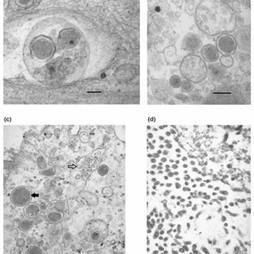 |
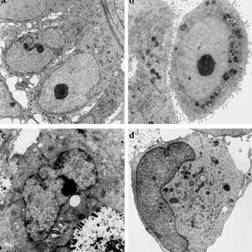 |
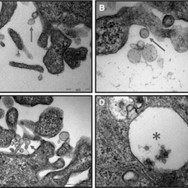 |
 |

